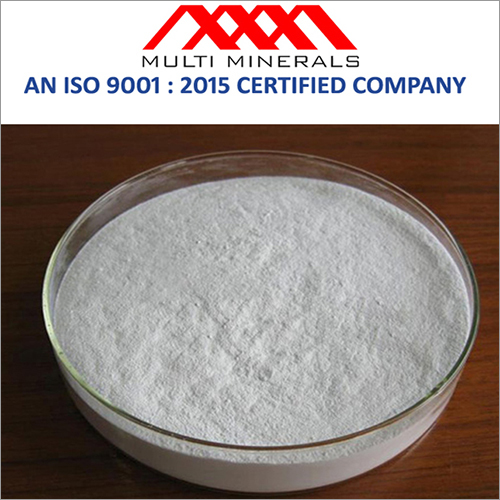

Zircon is also useful when searching for evidence of shock deformation caused by a meteorite impact. It is widely used for dating when rocks formed. It is known from Earth, the Moon, Mars, and various meteorites. Zircon is a common mineral in granite, sandstone and other rock types.

Such high-pressure minerals are a hallmark of a meteorite impact, and do not form during airbursts. Reidite only forms during a meteorite impact, when atoms in the mineral zircon are forced into a tighter arrangement. The new “smoking gun” for understanding the origin of the Libyan desert glass is evidence of an unusual mineral called reidite. Target Earth: how asteroids made an impact on Australia Like a nuclear bomb, a large airburst deposits energy into the atmosphere that can melt surface materials. The airburst idea arose from modelling atmospheric nuclear explosions. In contrast, Libyan desert glass is thought by some to have been caused by a 100-megaton airburst, an event 200 times larger than the Russian airburst. Despite the damage, that event did not cause melting or shock damage. The Chelyabinsk airburst deposited 0.5 megatons of energy into the sky. An airburst over Chelyabinsk, Russia, in 2013 caused extensive property damage and injured people. Large meteorite impacts, such as the one that killed the dinosaurs more than 65 million years ago, are rare.īut airbursts occur more frequently. Meteorite impacts and airbursts are both catastrophic events. Our research, published in the journal Geology, reports the first evidence of high-pressure damage, showing the glass formed during a meteorite impact. Another was the lack of evidence of damage from high-pressure shock waves caused by any impact. One problem is that no impact crater from any object hitting the ground in the area has been identified as the source of the glass. Ideas about how the glass formed include melting during meteorite impact, or melting caused by an airburst from an asteroid or other object burning up high in Earth’s atmosphere.ĭespite many studies, definitive proof about which origin is correct has been elusive, until now. There are also grains of the mineral zircon, although most have reacted to form a higher-temperature mineral called zirconia. Within the glass are rare occurrences of high-temperature minerals, including a form of quartz called cristobalite. Aaron J Cavosieīut few mineral relics survived from whatever caused the melting. Optical light images of a thin slice of Libyan desert glass.


 0 kommentar(er)
0 kommentar(er)
